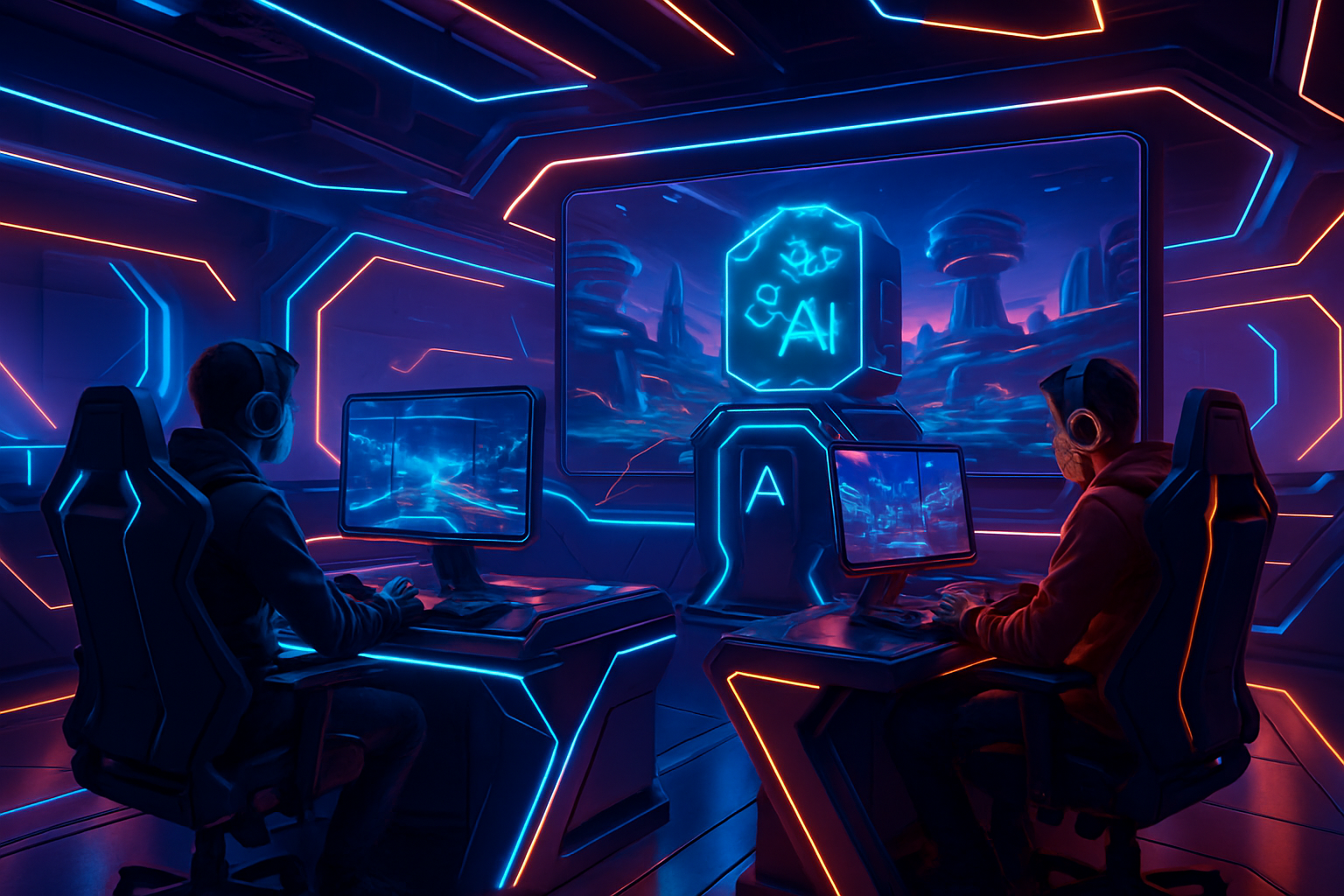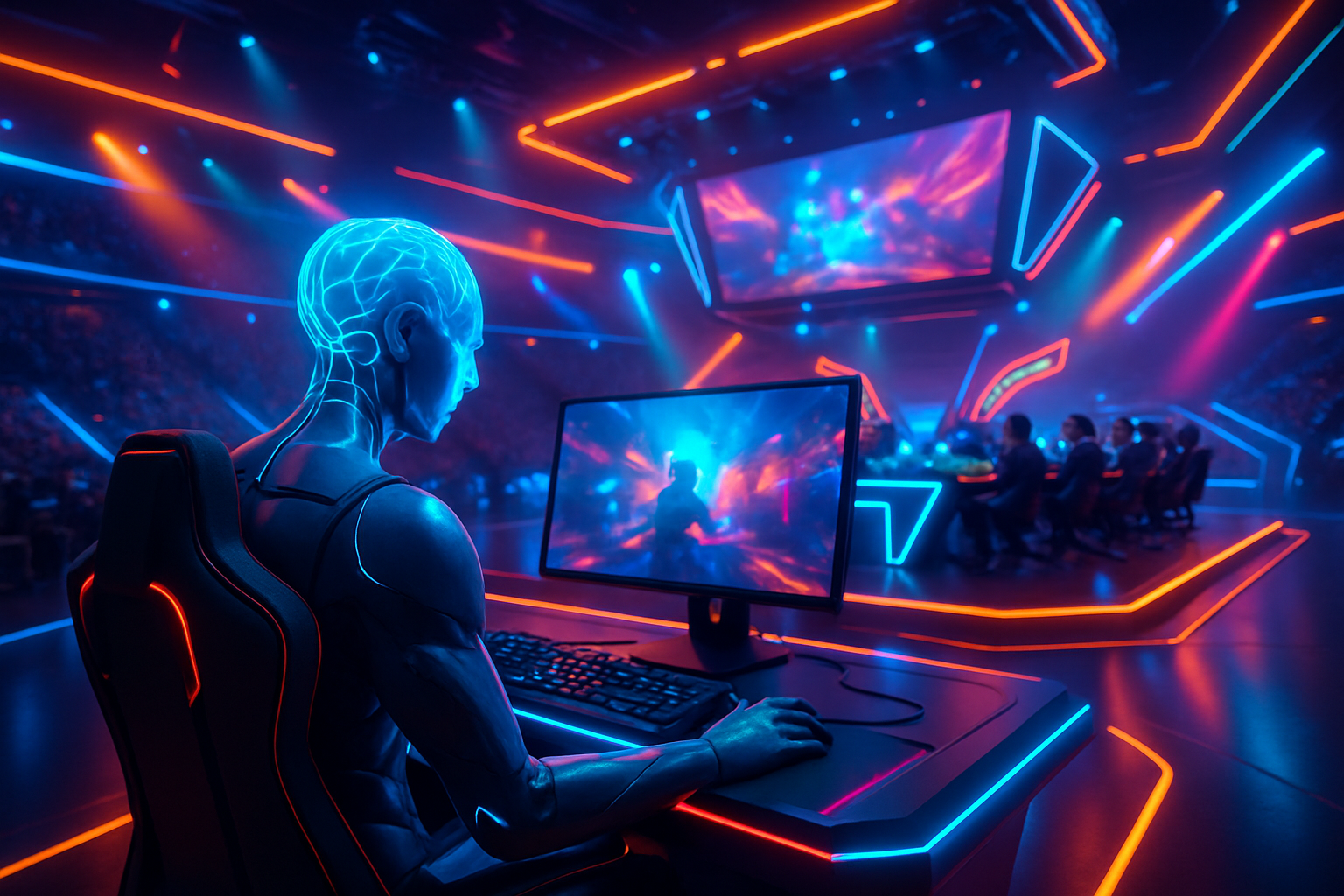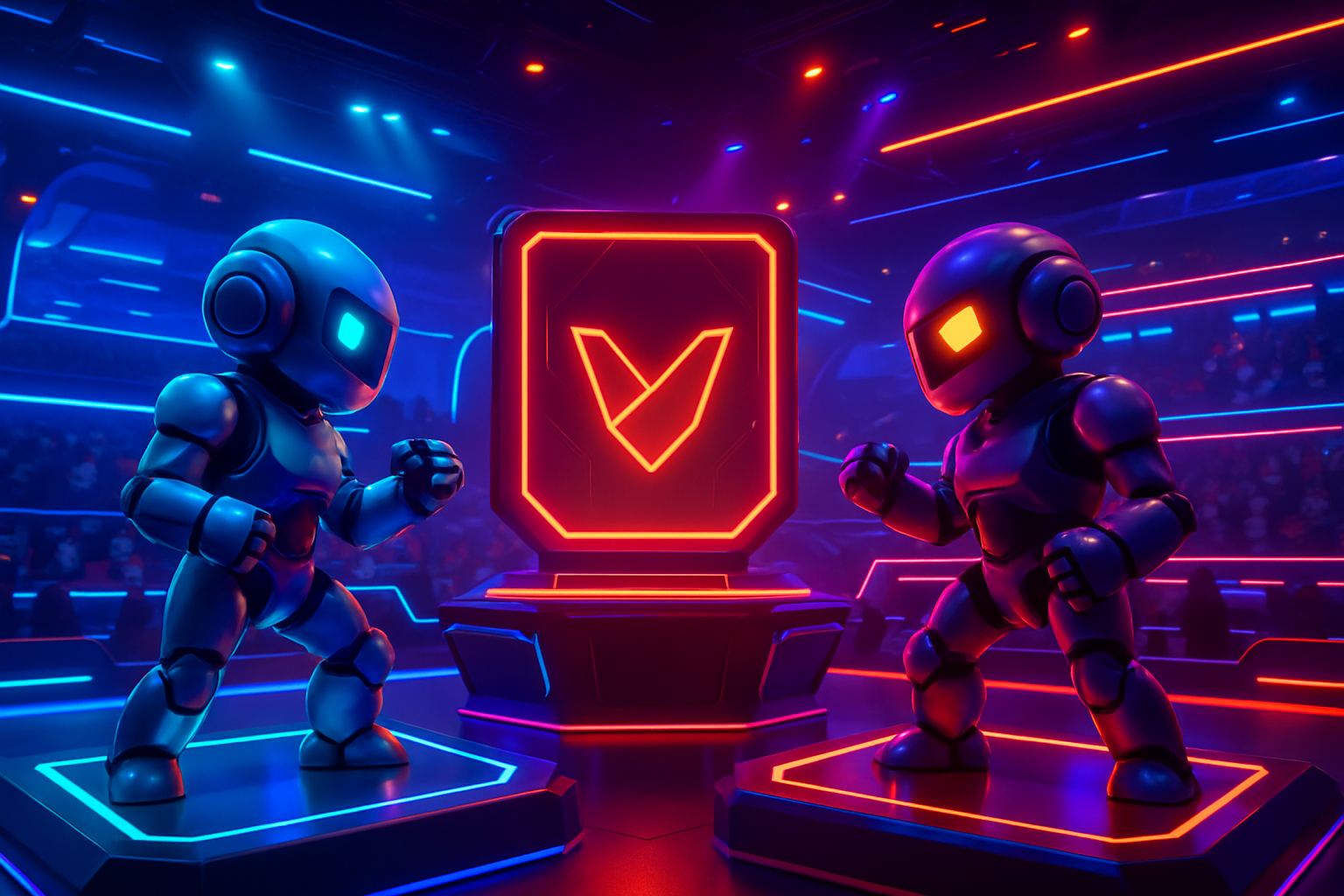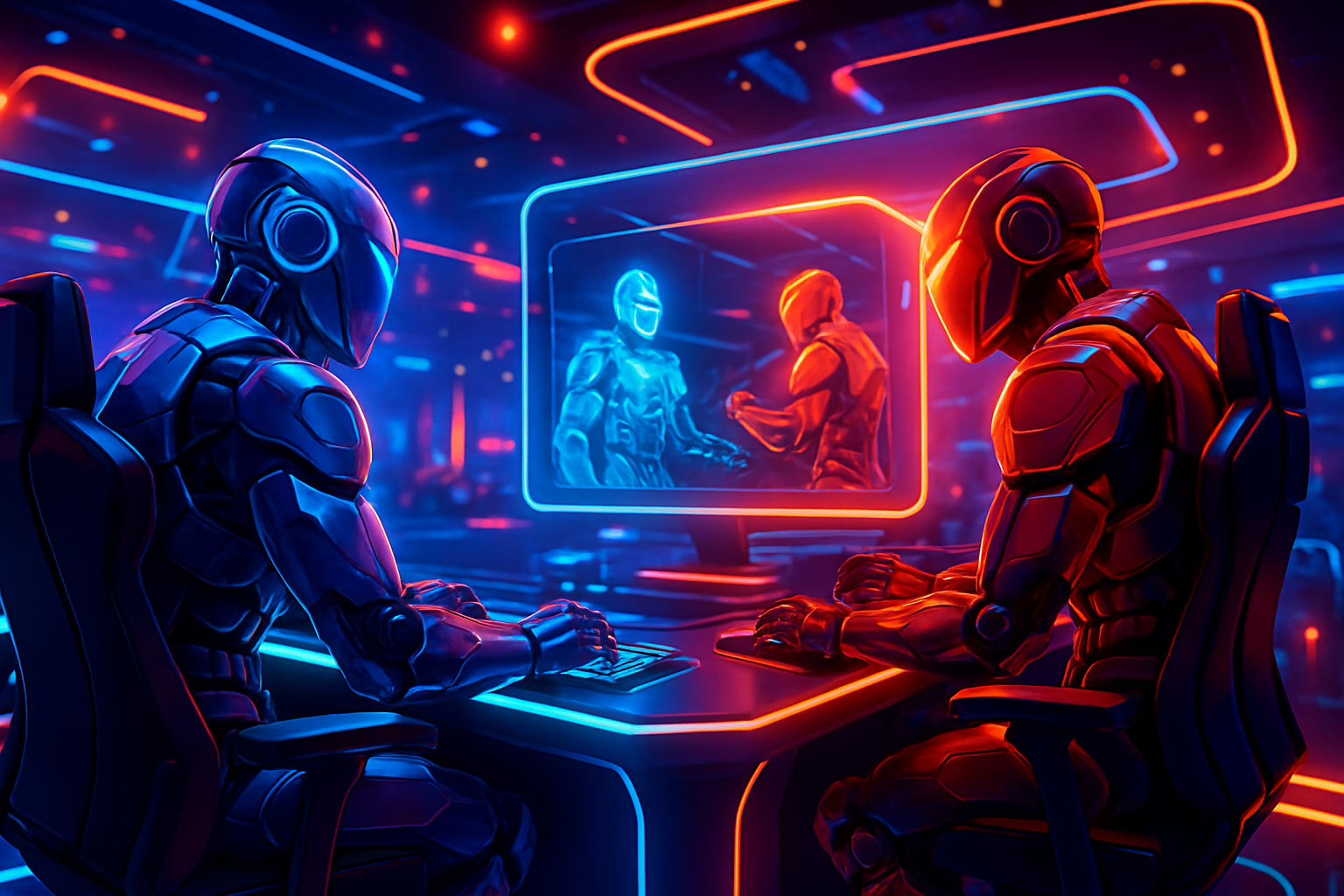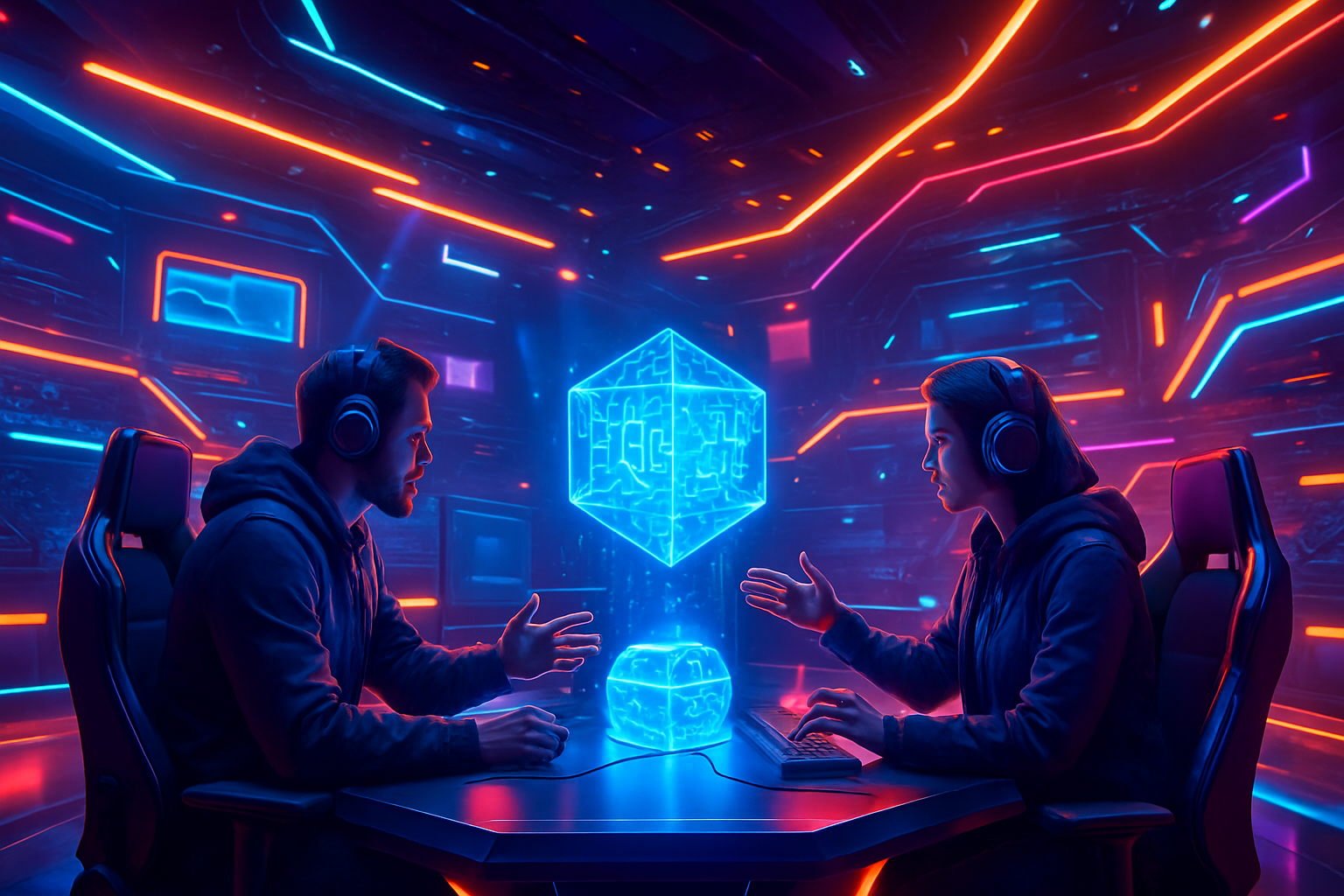
Artificial intelligence is reshaping the landscape of game development, powering everything from procedural level design to non-player character (NPC) behaviors. According to a 2025 Google Cloud survey, 87% of video game developers now incorporate AI agents into their workflows, seeking both efficiency and creative augmentation. Yet as AI-generated content becomes increasingly prevalent, fundamental questions about ethics and ownership have moved from academic debate to urgent industry challenge.

AI Game Content Ownership: Who Holds the Rights?
The issue of AI game content ownership is anything but straightforward. In the United States, the Copyright Office has made it clear: purely machine-generated works are not eligible for copyright protection. Only when a human provides significant creative input, such as carefully crafting prompts or making substantial edits, does the resulting work stand a chance at being protected under copyright law (source). This distinction places a premium on human oversight in the creative process, not just for artistic integrity but also for legal defensibility.
The legal ambiguity grows when considering how many generative AI models are trained on massive datasets that may contain copyrighted material. If an AI produces an asset that closely resembles an existing protected work, developers could find themselves exposed to infringement claims, even if the resemblance was unintentional (source). The Digital Millennium Copyright Act (DMCA) offers some guidance but is far from comprehensive in this new frontier.
Ethical Challenges: Creativity, Bias, and Player Trust
Beyond legality, AI ethics in games demands attention. Overreliance on generative systems risks homogenizing game experiences. The notorious case of Rovio Entertainment’s “Angry Birds: Block Quest” demo in 2024 serves as a cautionary tale, players criticized its lack of handcrafted uniqueness, leading to its discontinuation (source). Such backlash underscores that gamers still value originality and the unmistakable imprint of human creativity.
An equally pressing concern is bias. Generative models can unwittingly perpetuate stereotypes or discriminatory tropes embedded in their training data. Developers must take active steps to audit datasets and outputs for fairness and representation, ensuring that new forms of automation do not simply replicate old prejudices.
Best Practices for Ethical AI Use in Game Development
-

Ensure Human Oversight: Maintain substantial human involvement in the creative process. This not only helps secure copyright protection but also ensures the quality and originality of game assets.
-
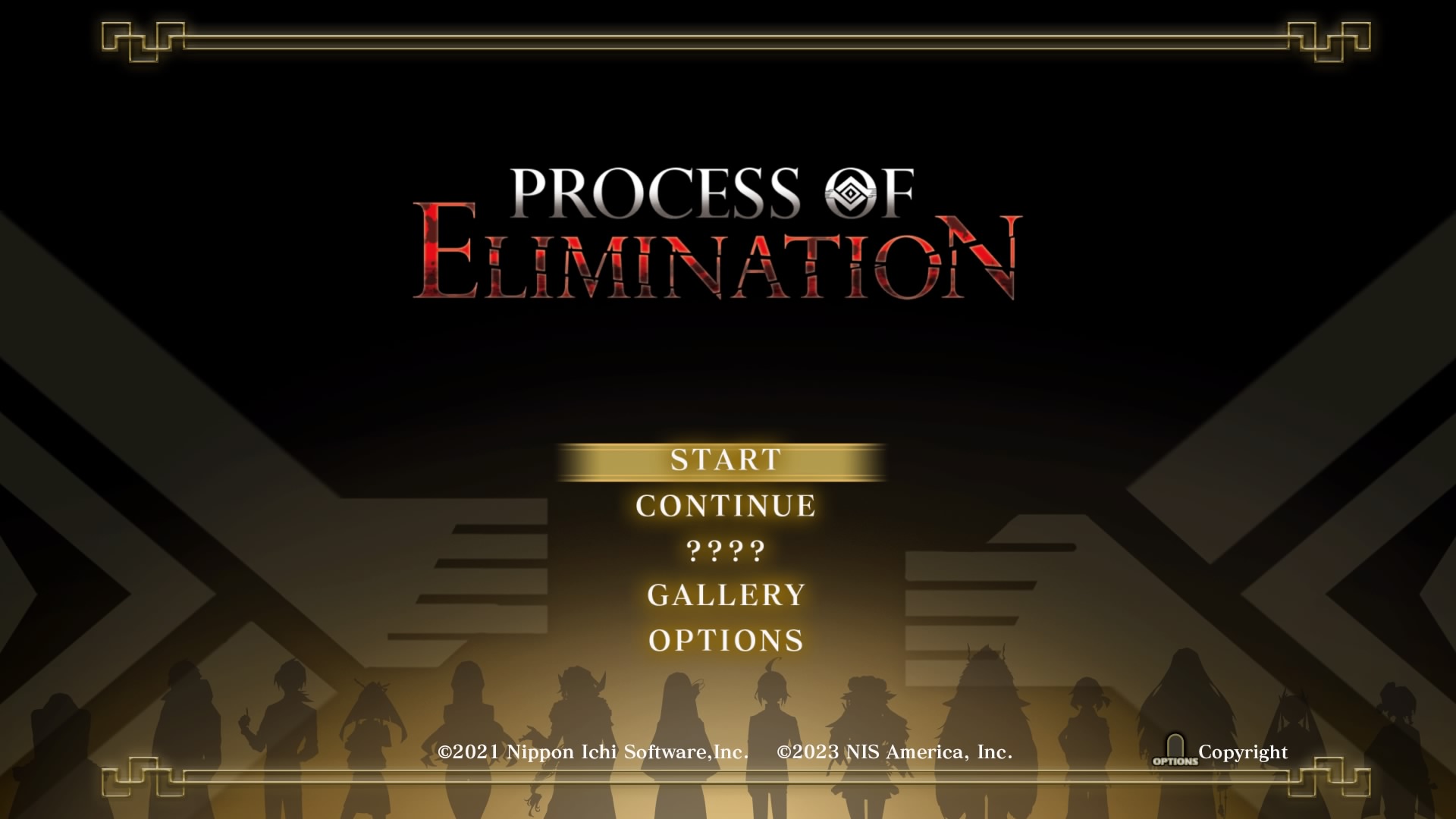
Conduct Thorough Copyright Reviews: Implement robust review processes to verify that AI-generated content does not infringe on existing copyrights or closely replicate protected works.
-
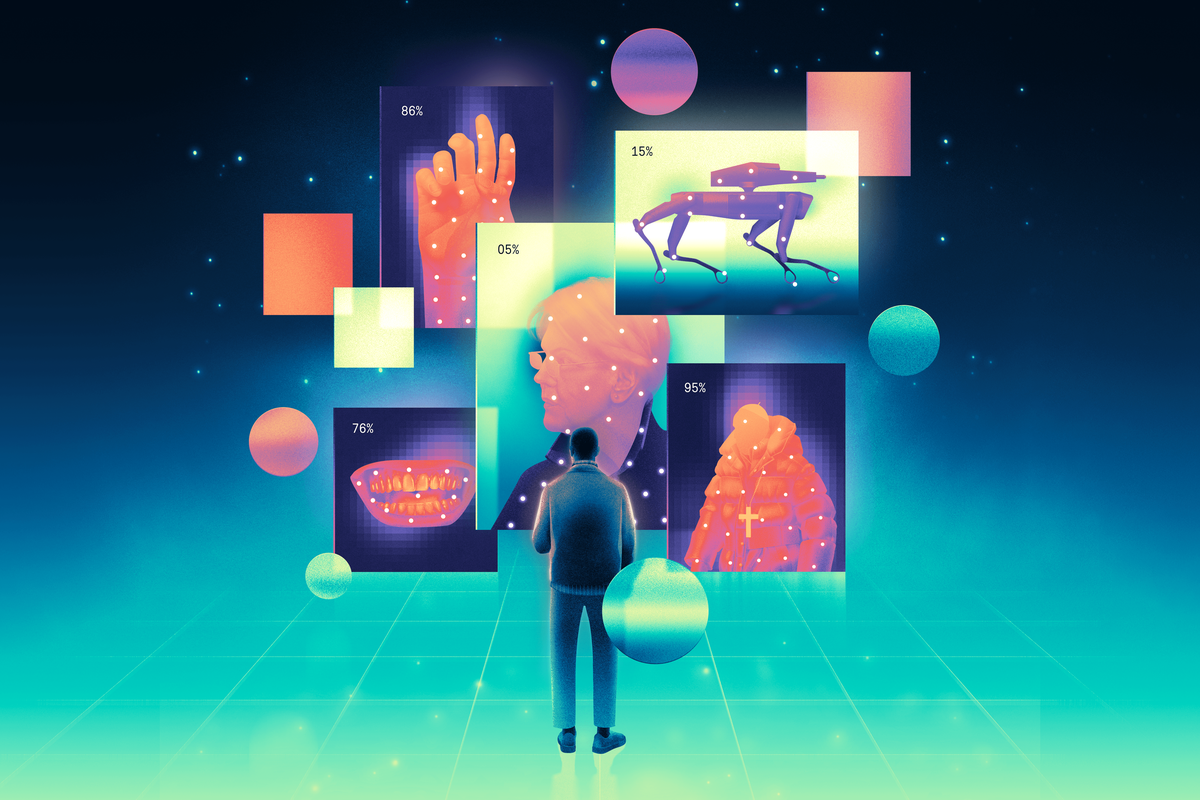
Promote Transparency with Players: Clearly disclose when and how AI is used in content creation to maintain trust with players and stakeholders. Transparency helps set expectations and fosters a responsible community.
-

Address and Mitigate Biases: Use diverse and unbiased datasets for training AI systems. Regularly audit outputs to prevent the perpetuation of stereotypes or discriminatory content in games.
-
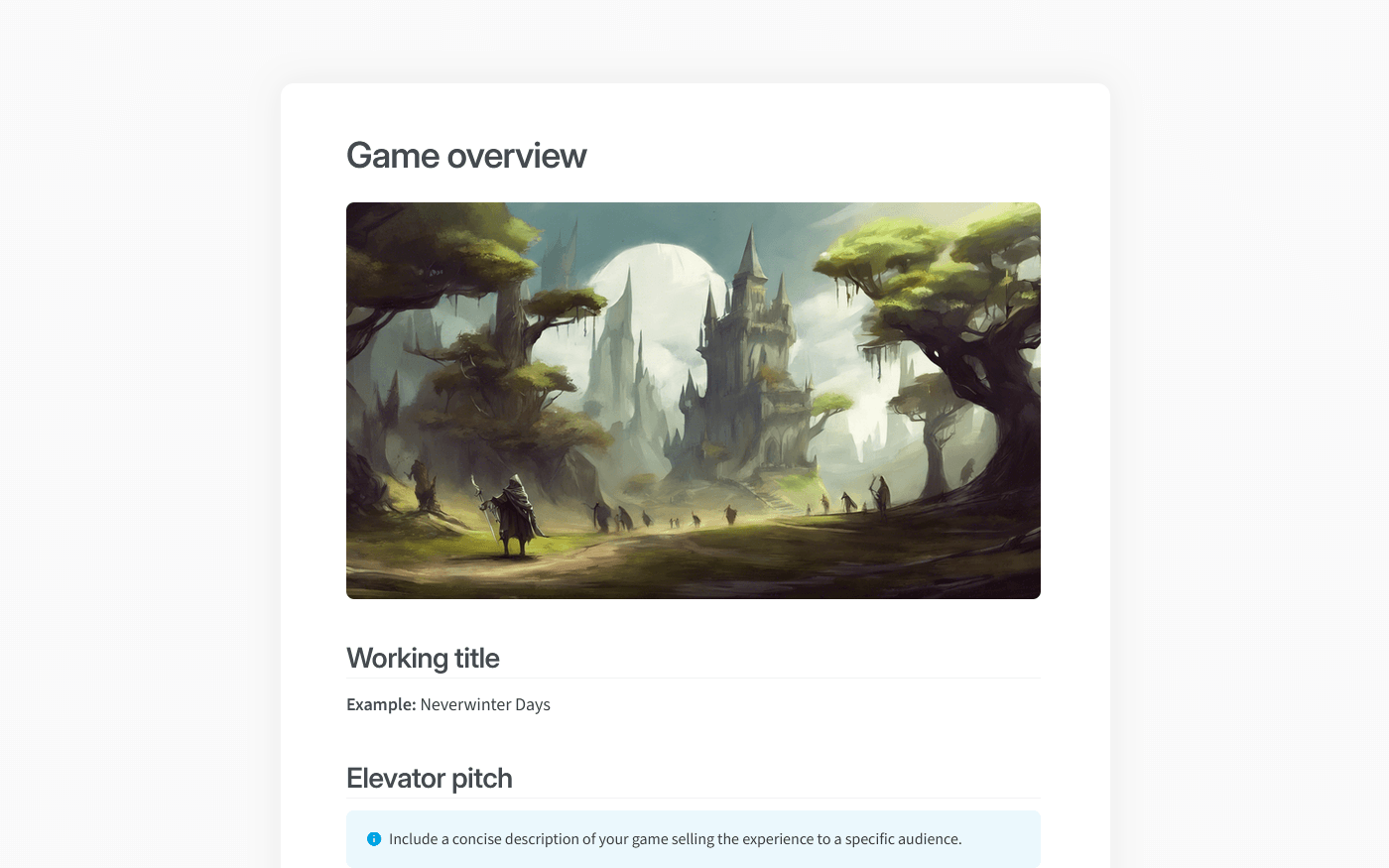
Document Creative Contributions: Keep detailed records of human input, such as prompts, edits, and decision-making, to demonstrate originality and establish clear ownership of AI-assisted assets.
Navigating Legal Grey Areas: Copyright and Infringement Risks
The practical ramifications for studios are significant. Without clear copyright protection for fully automated assets, enforcing ownership or licensing agreements becomes difficult, if not impossible, in disputes (source). Further complicating matters is the potential liability associated with inadvertently infringing third-party copyrights due to opaque training data sources or insufficient review processes.
This evolving legal terrain demands vigilance. Studios must implement robust review mechanisms to vet all AI-generated content before release and maintain meticulous documentation of human involvement during asset creation. Transparency with players regarding how much of a game’s content is AI-driven versus artist-created can help build trust while mitigating reputational risk.
Another dimension to the AI-generated game copyright puzzle is the international landscape. While U. S. guidance emphasizes human authorship, other jurisdictions may interpret originality and ownership differently, adding further complexity for studios with global audiences. The lack of harmonized standards means that a work considered unprotectable in one country could be eligible for rights elsewhere, creating a patchwork of legal exposure that can be costly to navigate.
For developers and publishers, these uncertainties are not academic, they directly impact production timelines, risk management strategies, and even investor confidence. As highlighted by recent disputes over AI-created assets in high-profile titles, the reputational fallout from perceived shortcuts or ethical missteps can be swift and severe. Studios must proactively address these issues or risk both legal action and loss of player loyalty.
Best Practices: Building Responsible AI Pipelines
The industry’s response has been multi-faceted. Leading studios are investing in hybrid pipelines where AI augments but does not replace human creativity. This approach not only helps secure copyright protection but also ensures that games retain their distinctive voice and vision. Cross-functional teams, including legal counsel, ethicists, and community managers, are increasingly involved in reviewing both the process and outputs of AI-driven workflows.
- Document Human Input: Keep detailed records of creative decisions made by humans during asset generation to support copyright claims.
- Audit Training Data: Regularly review datasets for potential copyright infringement or bias before training generative models.
- Implement Layered Reviews: Use multiple rounds of human review for all AI-generated assets prior to public release.
- Disclose AI Use: Be transparent with players about which elements are AI-generated to maintain trust and manage expectations.
- Pursue Ongoing Education: Stay informed on evolving regulations and ethical standards governing AI in creative industries.
The path forward is iterative, legal frameworks will evolve as courts confront new cases, while industry norms will continue to shift in response to both innovation and controversy. Developers who embrace transparency, prioritize diversity in training data, and maintain meaningful human oversight are best positioned to thrive amid this ongoing transformation.
The stakes are high: as more games rely on generative systems, the definition of authorship itself is being rewritten. For now, the most resilient studios will be those that see AI not as a shortcut but as a tool, one that demands careful stewardship if it is to serve both creative ambition and ethical responsibility.
